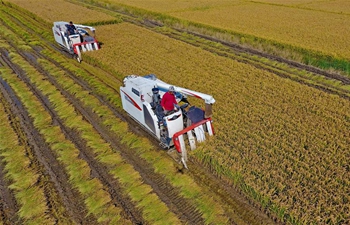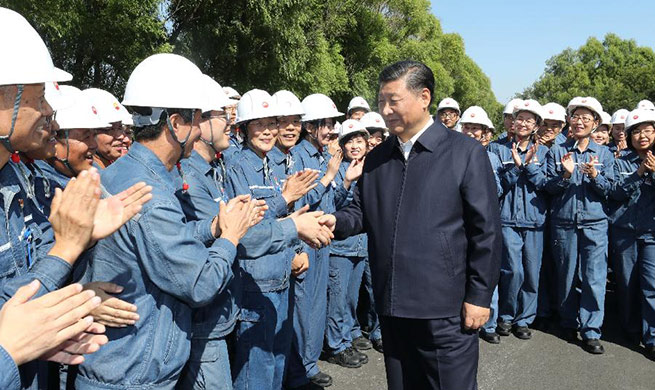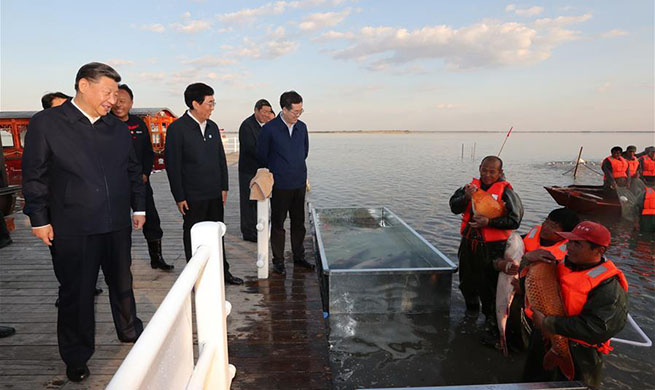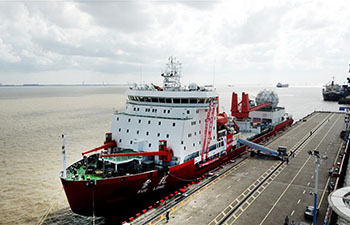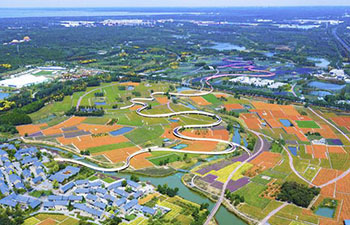BEIJING, Sept. 27 (Xinhua) -- China will begin reducing the average intensity of PM2.5, a major air pollutant, by around 3 percent year on year in Beijing, Tianjin, Hebei and surrounding areas this fall and winter, according to an official plan released Thursday.
The plan was released by the Ministry of Ecology and Environment, several other central government departments and the governments of six provincial-level regions.
From October this year to March 2019, the number of days with heavy air pollution should be reduced by around 3 percent from the same period the year before, according to the plan.
Starting from Oct. 1, emission restrictions should be strictly implemented on heavily-polluting sectors including thermal power, steel, petrochemical and cement, it said.
The document demands local authorities to avoid the "one-size-fits-all" method when it comes to curtailing the output of polluting industries.
Instead, a differentiated approach will be taken, with companies excelling in pollution control to be exempt from output restrictions, according to the plan.
In addition, the plan requires reasonable targets to be set in local programs with regard to converting winter heating sources from coal to cleaner natural gas and electricity, in order to ensure environment-friendly heating supply for residents.
Local authorities should set the targets in accordance with the capabilities of gas and electricity supply, it said.
By the end of October 2018, a total of 3.62 million additional households in Beijing, Tianjin and 26 other cities in nearby regions will have had their coal-fired heating systems converted, the plan noted, citing data included in local government plans.







